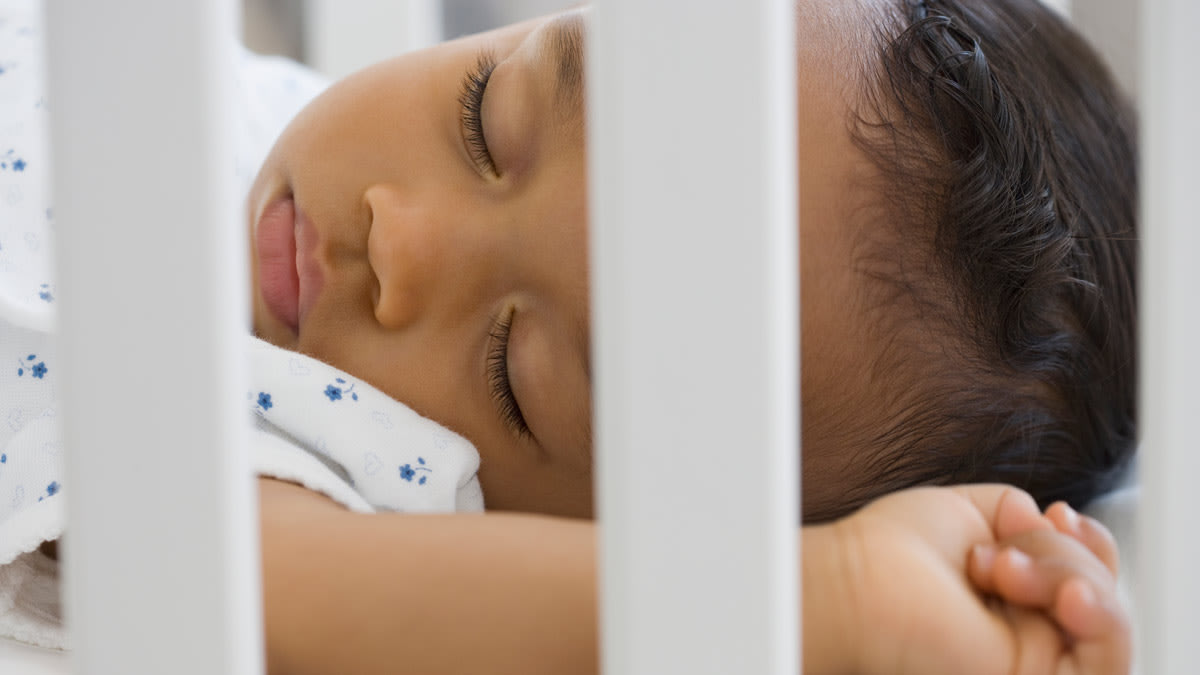When testing baby cribs, we focus on three main criteria: ease of assembly, construction quality, and how easy it is to change the height of the mattress.
Ease of assembly: Is it simple to put the crib together, or is it so complicated that you might find yourself in tears before the crib’s ready to go? Muratore is pretty adept at putting things together—she’s been doing it for nearly 30 years here at Consumer Reports. She used a methodology known as the Consumer Assembly Friendliness (CAF) score. The CAF considers the total number of parts, how many actions it takes to assemble, and the number of different types of parts to reach a total score. The fewer parts, the better for each. Assembling the crib should be straightforward enough that you would not need to hire a professional.
Construction quality: Our testers looked at the primary crib material, the type of mattress support (slats or platform), and how the support is attached to the crib itself. They also looked at the placement of the required safety label—parents may be tempted to remove obtrusively placed safety warning labels, such as those that would be visible above the sleeping baby’s head—as well as how easy the label is to remove. (Hint: Don’t remove the label!) Muratore’s team also looked at any flaws or defects in the construction of the crib, such as dents or nicks that were painted over rather than repaired, parts that didn’t fit together perfectly, or inconsistent colors.
Ease of changing mattress support height: Young infants should sleep in a crib at the crib mattress’ highest support height. As the baby gets older, you should lower the mattress, decreasing the likelihood that the baby will be able to lift themselves or climb out. Typically, parents need to change the crib mattress height only a handful of times, so this made up a small fraction of the total score of each crib. However, the ease of this essential task nevertheless adds to the overall experience a parent will have with their baby’s crib. We looked at how easy or difficult it was to accomplish this task, and whether it requires two adults or one.
A note on convertibility: Many of the cribs we tested are convertible, which means you can modify them into toddler beds, daybeds, and even full-sized beds. Consumer Reports refers to the convertibility listed in each crib’s manual, which may occasionally differ from what the company advertises.
Source link
